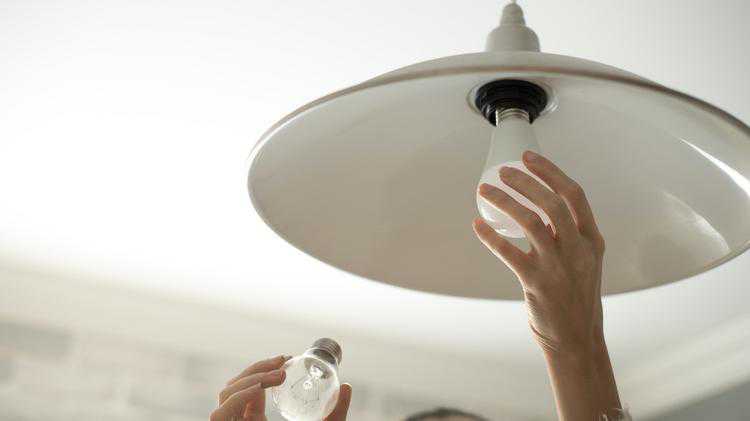Energy-saving lighting tips for your business

When saving energy, lighting is often the first thing that comes to mind. LED lighting is now well known, but there are non-energy benefits and advanced controls available that often aren’t considered for saving energy. We Energies shares common energy-saving benefits, while also highlighting advanced controls for LED lighting and how they can be used to help increase business sales and production.
Controlling lighting costs
Converting lamps and fixtures to LED lighting is still a top recommendation that offers excellent energy savings and a noticeable improvement in lighting quality to any building. When upgrading lighting, start with areas that are used the most. The longer a light is on, the more energy that can be saved by upgrading to LED. Forgotten lighting that has high operating hours includes exit signs and open/closed signs. In addition, LED signs use less energy than neon signs.
Determining the need for lighting and the use of light controls in low-use areas can also save energy. For example, exterior lights should not be on during the day, but may not be needed all night either. Exterior lighting is often used for safety reasons; however, if the building is shut down and all employees are gone by a certain time, then exterior lights may not be needed. Timers can be used to program lights for specific needs to save energy. In the case of security lighting, it is appropriate to leave the lights on overnight and use motion sensors to save more energy.
An easy rule of thumb for understanding light costs: If a light is on 24/7, then it will cost about $1 per watt to keep on all year. This can be cut in half for lighting that’s on 12 hours per day, costing about $0.50 per watt annually.
Shedding light on lighting
A hidden cost to inefficient lighting is the extra heat that lamps produce. In the summertime, this adds heat to the building that needs to be cooled, increasing cooling costs. New LED lamps and fixtures generate far less heat, leading to a lower impact on cooling costs.
RECOMMENDED
MANUFACTURING
Generac pays up to $770M for Canadian firm that competes with Google Nest
CAREER & WORKPLACE
Two Netflix workers who led the protests against its Dave Chappelle special have filed labor charges against it
RESIDENTIAL REAL ESTATE
See $2.5 million Shorewood home with lake views and access: Open House
LED lights create more savings because of reduced maintenance costs. The long-life span of LEDs means they need to be changed less often than other types of lighting, allowing more time for maintenance staff to work on other projects.
Most businesses understand how basic occupancy controls work and the benefits of having them. Steps beyond basic occupancy controls are bi-level controls, daylight sensors and network lighting.
Bi-level controls allow lighting to stay partially on at a lower light level, instead of turning all the way off. When someone is in the area, the lights turn on to full power for a set amount of time. These controls are often used in garages and stairwells where building code requires some level of lighting to be on 24/7.
Daylight sensors or daylighting controls constantly adjust the light output of lighting sources during the day, depending how much natural light is available. On a bright, sunny day, the sensor will recognize that enough natural lighting is available and will turn down or turn off the lights. As it gets dark out, the lights will gradually come back to a brighter level. Anytime lights are on but not at full power, energy is being saved.
Network lighting controls allow for all lights to be connected to a central system. Each light can then be monitored and controlled on an individual basis. An employee can also control the light output and color temperature of the lights in their workspace. These extra controls not only save energy but have also proven to increase productivity. Most home and business lights range between 2700K and 5000K on the Kelvin temperature scale.
Studies have shown that improving lighting quality can help with sales and production levels. Picking the proper color temperature can create a more welcoming environment and light levels can be used to bring attention to specific areas or products. Having better light quality in a work environment can help reduce strain on eyes and improve the overall mood of employees.
With a variety of energy-saving tips and recommendations, your business will reduce costs while creating a better, more productive workplace for all.
Previous Story
- Eurozone inflation at 4.1 per cent is highest...
- Ikea offers employees one-off bonus following Covid sales...
- Innovation on the Edge: Sungrow Launches New Energy...
- Energy crisis will set off social unrest, private-equity...
- Expanded product offerings: the future of energy retail?
- Weak yen morphs into new threat to Japan...
- Attract digital FDI to help bridge the digital...
- Unilever pushed prices up 4.1% in third quarter...